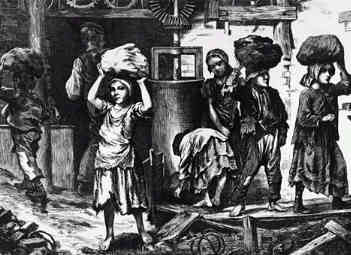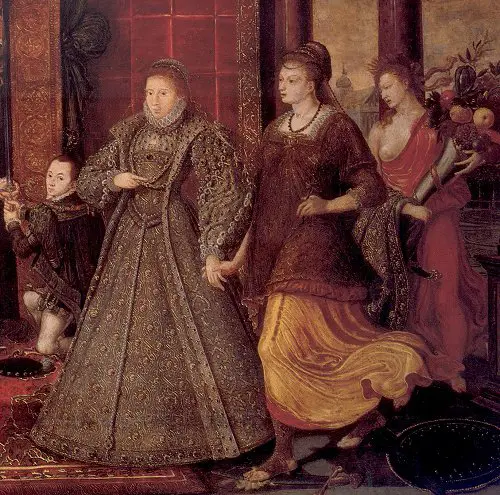The word apprentice means a person who is under an obligation to work for his master for a period of time for which he receives his master’s instruction for his profession, art or occupation. During the Victorian Era, the concept of apprenticeship was very popular. There were many people who worked as apprentices during the Victorian era.

The apprentices were bound to serve their masters by indenture i.e. a written contract. The indenture bound both the masters and the apprentices equally to perform their part of the contract.
If either of them neglected it, both were liable to be summoned before a magistrate and answer the complaint against them. The master was under the obligation of teaching his business to the apprentice and apprentice was under the obligation to obey his master’s instructions.
Although, no particular time period was prescribed by the law, however, the apprentice could not be forced to work for an unreasonable period of time. Duration of more than 12 hours was considered as unreasonable. Compelling an apprentice to work on Sunday was completely illegal.

Bankruptcy was a way of discharge of indenture. Where dissolution of partnership took place, the apprentice was bound to serve the remaining members of the firm considering that the dissolution never took place. The contract of apprenticeship was a personal contract. So in the case of death of the master, the apprenticeship came to an end.
However, the indenture could be canceled by mutual consent as well. In such a case, the safest and economical way was to cut off the names and seals of the parties in the indenture, endorse a memorandum which was signed by all the parties to the effect that they had given their consent to cancel the indenture.
As apprenticeship was regarded as the most important aspect of life upon which the success depended, this decision was exercised by the parents and the guardians. The usual term of apprenticeship was seven years i.e. from 14-21 years of age.
